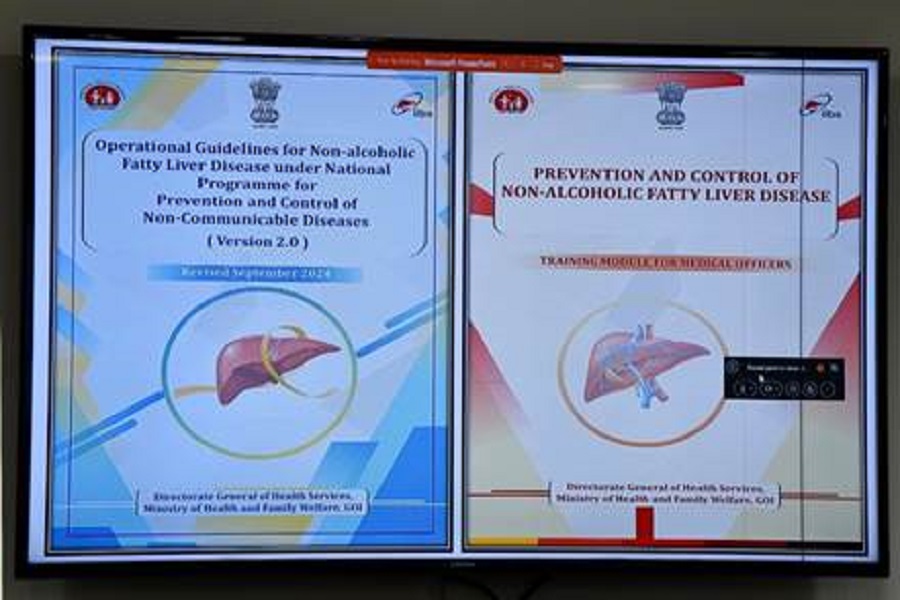
Follow us Now on Telegram ! Get daily 10 - 12 Interesting Updates. Join our Telegram Channel https://t.me/OhWomen
Download Telegram App before Joining the Channel
The Union Health Ministry on Friday released the revised operational guidelines and training module for non-alcoholic fatty liver disease (NAFLD) -- which affects about three in 10 people.
The guidelines will provide a framework for health workers -- from community health workers to medical officers -- and help boost patient care and outcomes related to the disease.
“India has taken the lead in recognising NAFLD as a major non-communicable disease (NCD),” said Apurva Chandra, Union Health Secretary.
“NAFLD is rapidly emerging as a major public health concern, closely linked with metabolic disorders such as obesity, diabetes, and cardiovascular diseases. Out of 10, one to three people can have NAFLD which highlights the impact of the disease,” he added.
The guidelines focus on the promotion of health and early detection -- crucial for patients with NAFLD.
“It also advocates for a multidisciplinary approach, integrating the efforts of healthcare providers from various disciplines to offer holistic care to individuals affected by NAFLD,” the ministry said.
Chandra also emphasised the importance of a continuum of care for people who have been diagnosed with NCDs and underlined the need for lifestyle modification to reduce the prevalence of NAFLD.
In 2021, India became the first country to integrate the NAFLD into the National Programme for Prevention and Control of NCDs.
Further, with the fresh guidelines, the government aims to “reach the grassroot level workers so that the disease is detected early and the burden of NAFLD is reduced”, said Punya Salila Srivastava, Officer on Special Duty, Union Health Ministry.
NAFLD is emerging as an important cause of liver disease in India. It could be assuming a silent epidemic with community prevalence ranging from 9 per cent to 32 per cent, depending on age, gender, area of residence, and socioeconomic status.
“India contributes high numbers for NCDs globally and one of the core causes of metabolic diseases is in the liver,” the health ministry said, stressing the need to realise the growing burden and the urgent need to address it.